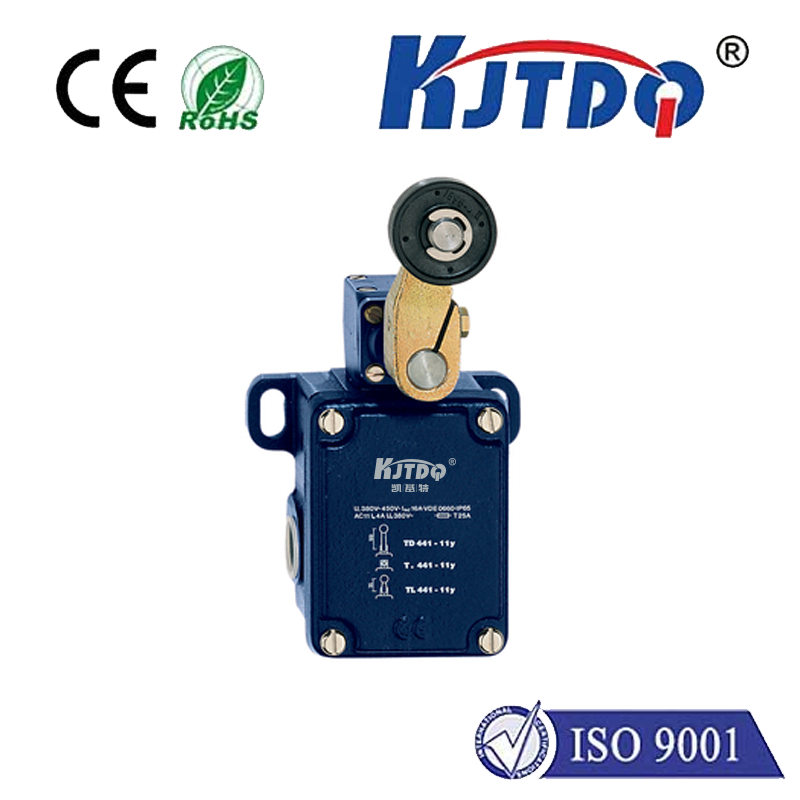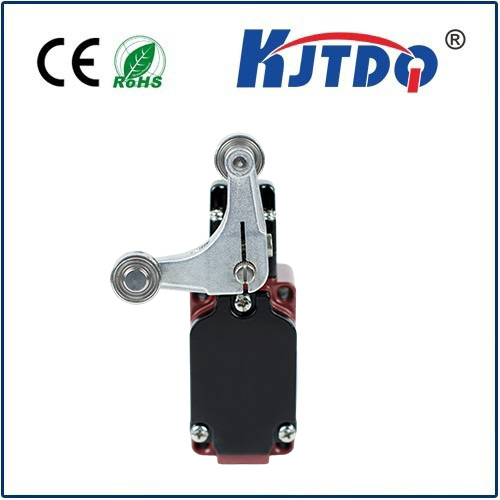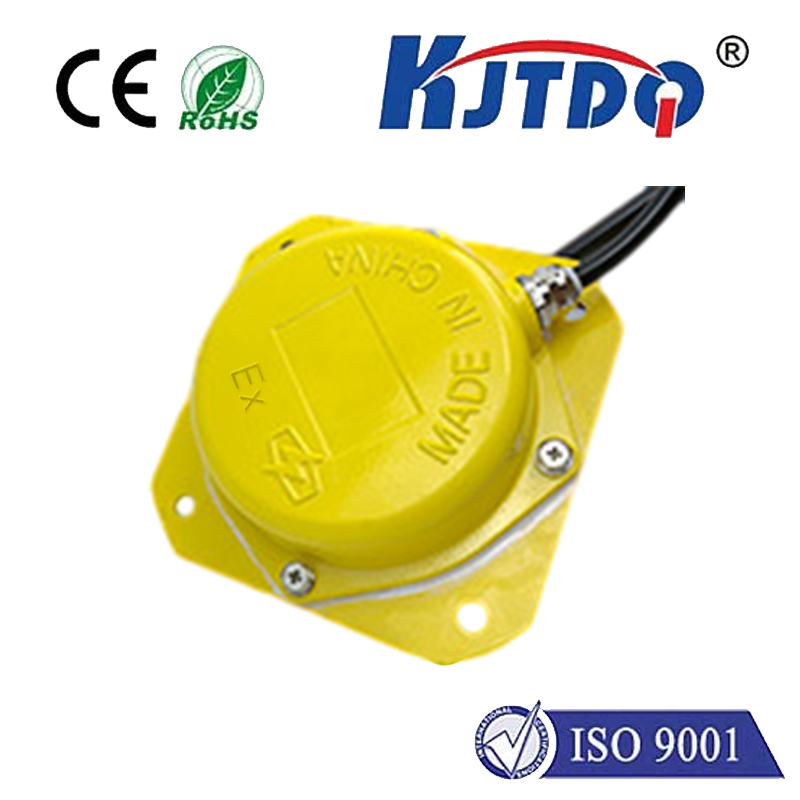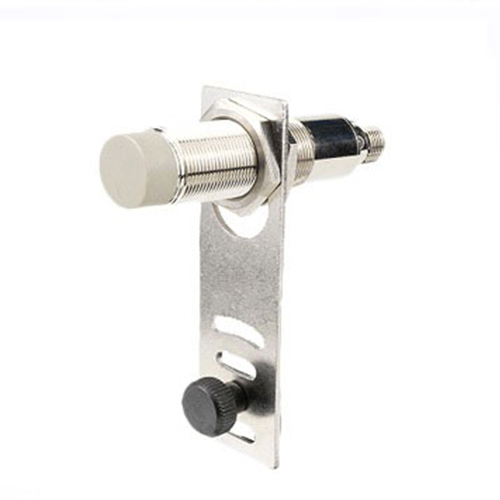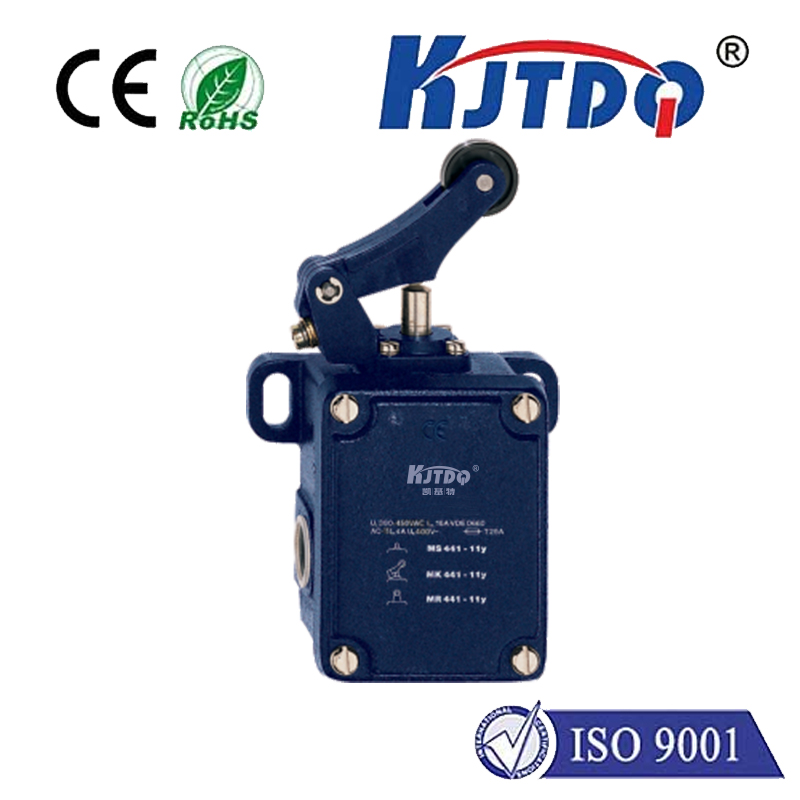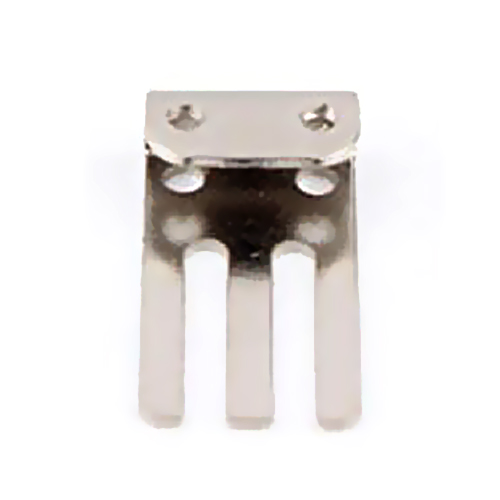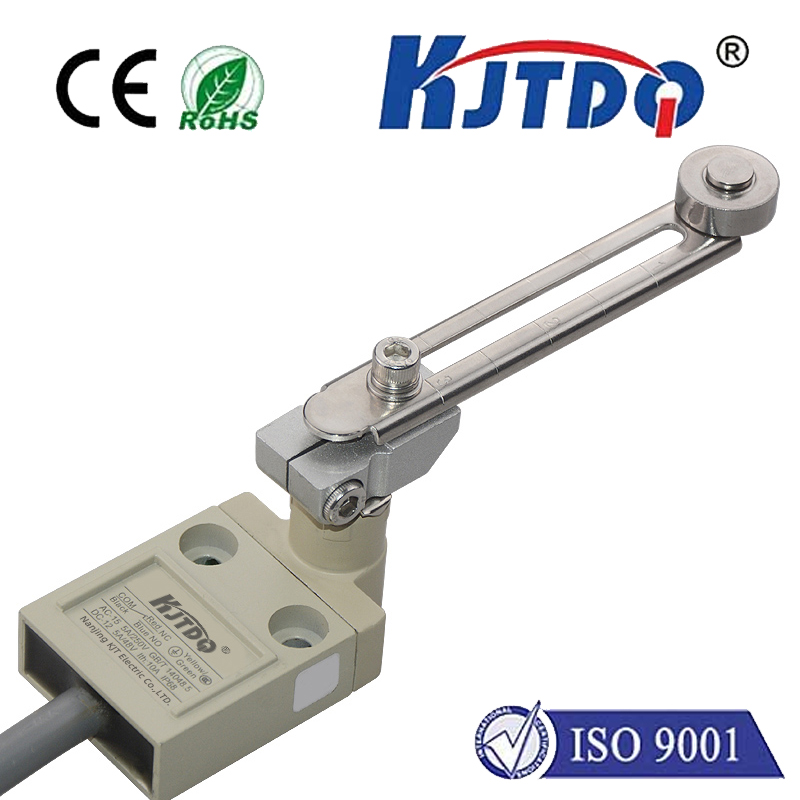Imagine machinery that perceives its surroundings with the effortless grace and pinpoint accuracy of a dolphin navigating murky waters. This isn’t science fiction; it’s the driving principle behind dolphin-inspired proximity sensors. These cutting-edge devices are revolutionizing object detection by emulating the sophisticated biological sonar – echolocation – perfected by dolphins over millions of years. Move beyond conventional sensors; biomimicry offers a smarter, more adaptable way for machines to “see.”
Dolphins are masters of their acoustic environment. They emit rapid series of high-frequency clicks, listening intently for the returning echoes. Their sophisticated auditory processing allows them to build a detailed mental map: discerning an object’s size, shape, texture, distance, and even direction of movement, all in near-total darkness or turbid water. The core genius lies not just in emitting sound, but in the neural wizardry that interprets complex echo patterns with incredible speed and accuracy. This natural feat of non-visual perception presents an irresistible blueprint for engineers.

Traditional proximity sensors, while effective in many scenarios, have limitations. Infrared (IR) sensors can struggle with transparent or dark objects and are susceptible to ambient light interference. Ultrasonic sensors, somewhat closer in principle to echolocation, can be hampered by acoustic noise, soft materials that absorb sound, or complex environments with multiple reflective surfaces causing “ghost” echoes. Capacitive sensors detect presence based on changes in an electrical field but require close proximity and can be sensitive to environmental factors like humidity.
Dolphin proximity sensor technology seeks to overcome these hurdles by diving deeper into the mechanics of biological echolocation. The goal isn’t to simply replicate the click, but to mimic the entire sophisticated processing system. Key areas of innovation include:
The practical applications for dolphin-inspired proximity sensors are vast and expanding across numerous industries:
Developing truly biomimetic dolphin proximity sensors involves significant engineering challenges. Accurately replicating the complexity of neural processing at a dolphin’s speed and efficiency is a formidable task. Miniaturizing sophisticated acoustic systems while maintaining performance and robustness for harsh industrial or outdoor environments requires constant innovation. Ensuring cost-effectiveness for mass-market adoption is another ongoing hurdle.
However, the trajectory is clear. Research in bioacoustics, neuromorphic computing (which models computer architecture on the human/dolphin brain), and advanced materials science is accelerating progress. By continuing to unlock the secrets of dolphin sonar, engineers are paving the way for a new generation of proximity sensors that are not just sensitive, but truly intelligent. These sensors promise greater resilience, adaptability, and environmental awareness for machines, fundamentally changing how they interact with the physical world. The ocean’s echo-locating geniuses offer more than just a biological curiosity; they provide a powerful paradigm for solving complex sensing challenges on land, in factories, and beyond. As this technology matures, the “dolphin proximity sensor” will become a cornerstone of smarter, safer, and more autonomous systems.
